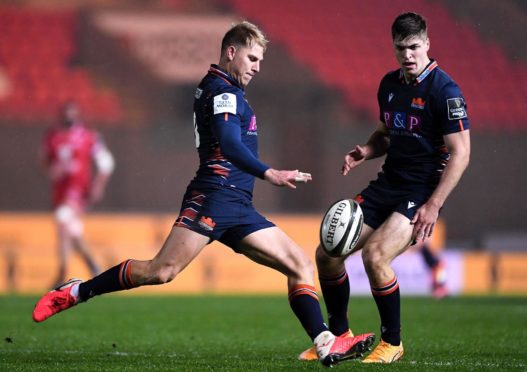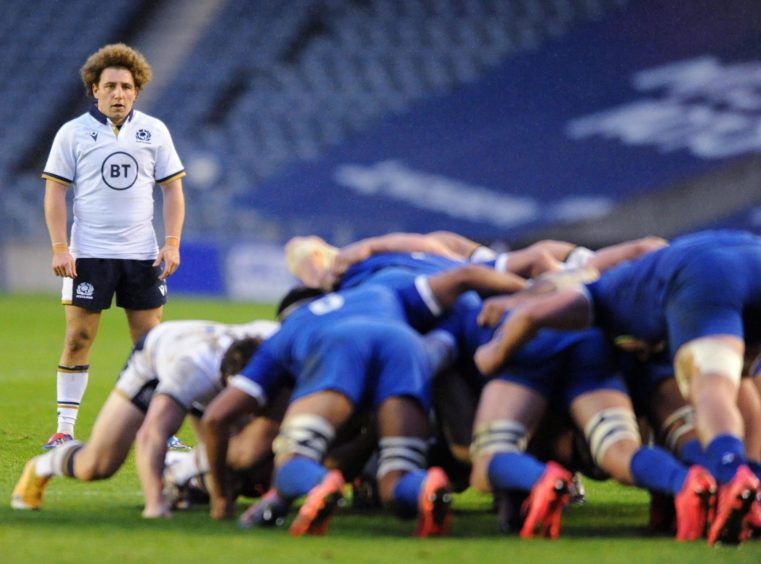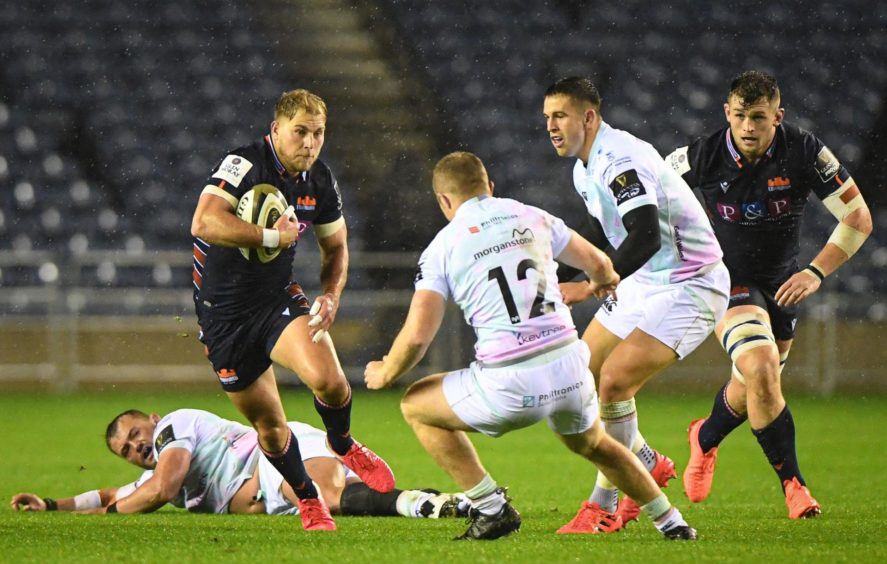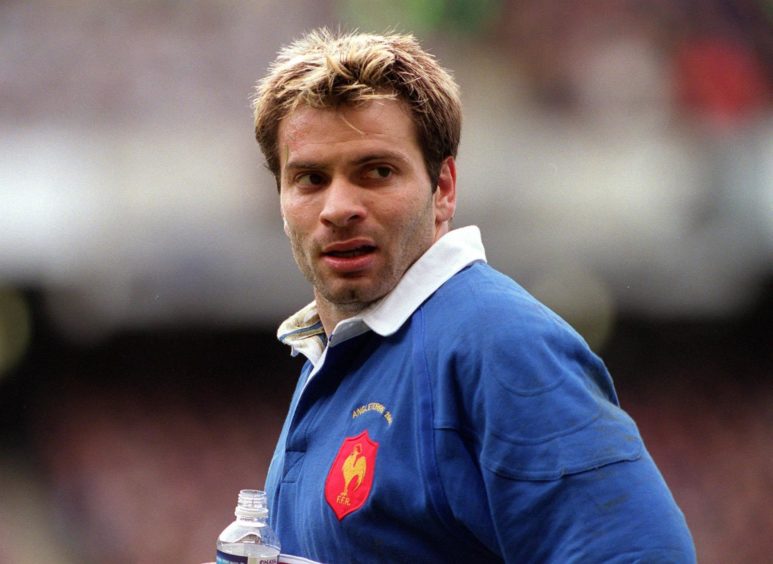As largely expected, Edinburgh’s Jaco van der Walt has gone straight from quarantine after his wedding – funny how that phrase has a perfectly acceptable meaning in these times – into Scotland’s squad for the final Autumn Nations Cup game next week.
It’ll be a week on Saturday (maybe) against Ireland (probably) in Dublin (I think). Oh, how we pine for normal times when you knew at least two months in advance you’d be flying Ryan Air and could properly prepare yourself for the experience.
Anyway, accepted wisdom has the South African-born Edinburgh stand-off going on to the bench for this game as back-up to Duncan Weir. But why? I’d be inclined to run him out there straight away, for a number of reasons…
We know what we have in Dunky
Nothing Weir has done in the two games thus far since Finn Russell and Adam Hastings got injured has surprised us.
Yes, there’s a better player there, much less prone to panicky decisions, and he’s delivered on what’s been asked of him, not least booting five penalties to keep Scotland in a game against France in which they were clearly second best.
There’s been little happening outside him. Part of this is tactical – more to follow on that – but it’s also because Weir is not going to fundamentally change as a player.
Duncan’s a control stand-off, a good one at that, but he’s not threatening international class defences with ball-in-hand. He was a good and obvious option – maybe the sole one – once the frontliners went down, but here now is another option.
Van der Walt runs more than advertised
Van der Walt might not actually be international class – even his club coach Richard Cockerill sounded not completely convinced speaking about it this week, saying that “you never know” about the step-up to internationals – but neither is he solely a “control option”.
He makes more breaks for Edinburgh than you might imagine, and has a touch of acceleration that Weir doesn’t have. It’s probably one reason why Cockerill preferred him to Weir when they were both at Edinburgh.
Van der Walt kicks well from hand and the deck, and although his distribution is not to Finn-levels, Darcy Graham and Duhan van der Merwe see plenty of the ball playing outside him for Edinburgh.
A valuable opportunity to experiment
With the Fiji game cancelled this is Gregor Townsend’s sole chance to properly shuffle his deck this autumn. Ireland did this to a significant degree at Twickenham and Andy Farrell learned a few things, notably that his halfback partnership for that game don’t cut the mustard.
With the record winning run now gone – and Townsend’s own personal record as Scotland head coach looking much more solid than it might have been – winning and losing don’t matter so much.
While they’ll trot out the old faithful “all test matches matter”, this one does not matter nearly as much as the five coming up in the spring.
There’s plenty of scope to widen Scotland’s attacking game, for sure. But even if they stick to the current plan, I don’t see blooding van der Walt as being an outlandish move.
About that attacking plan…
I’d modified my view in 2020 on Scotland’s kicking game from outright hostility a year ago to stoic acceptance.
Data is creeping into all sports – I worry about the context of it sometimes in rugby – but it’s clear the match data shows that it’s far more effective to kick your way into opposition territory than run there.
Kicking can also be manipulative, and as evidence we can present what most would consider Scotland’s best try of 2020, scored by Stuart Hogg in Rome in February.
What you remember of that try is Hoggy slicing through the defensive line and scampering 60 metres to score, right?
What you probably don’t remember is the exchange that preceded it, in which the Scots kicked and carefully moved the Italian defence about the pitch to create the situation where forwards rather than backs were in front of Hogg as he attacked.
So it’s not as aimless as it appears. But one can understand the frustration of many of Sunday’s game, when Hogg didn’t see a real counterattack opportunity because France have the data as well, and they’re a very good tactical kicking team themselves.
Even Scotland’s best attacking spells – second half at Twickenham in 2019, the first game against France this year – had a solid kicking game as their foundation.
There’s definitely scope for over-use, but I’m not overly concerned by Sunday’s game as an outlier there – I’d be far more worried about the three examples of outright lack of composure that meant chances to punish France for not closing out the game were missed.
Domi
The tragic death of Christophe Dominici this week has quite properly stunned rugby.
The diminutive Domi was part of that brilliant, bolshy, often bleached French team of the late 90s – Lamaison, Castaignede, Magne, Galthie, Califano, Benazzi – who were just fabulous to watch, even as they torched Scotland most years.
The 1999 World Cup semi-final against New Zealand – arguably the greatest game ever played – was their masterpiece.
In Domi’s famous and pivotal try in that game, the ball seems almost magnetically drawn away from the covering Andrew Mehrtens to bounce straight into the wing’s arms (as you’ll hear the French commentary makes it even better).
Magnetic – that’s exactly the kind of player he was.



